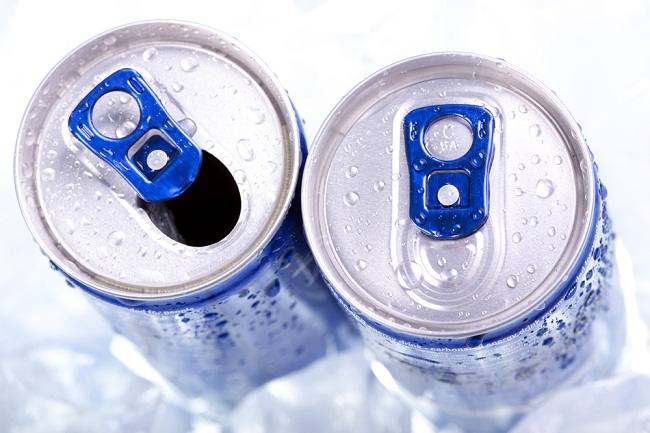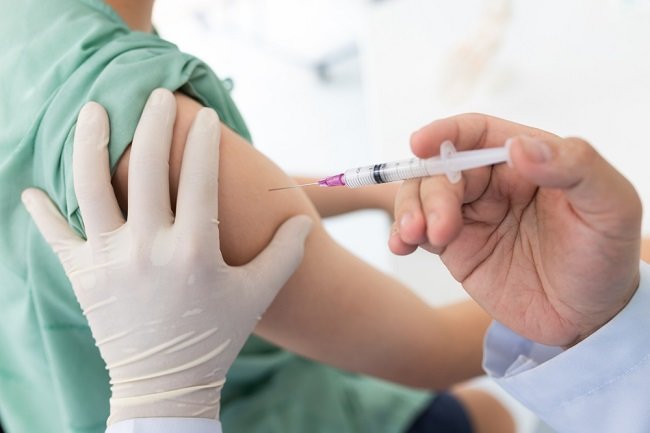The side effects of the keto diet are important for you to know if you want to lose weight with this method. Indigestion, bad breath, and muscle cramps are some of the side effects of the keto diet that you can experience.
The keto diet is a diet method that involves limiting carbohydrate consumption and replacing it with protein and fat. This method utilizes the state of ketosis due to metabolic processes in the body.

Energy is obtained from various nutrients contained in the food or drinks we consume, especially carbohydrates. However, when carbohydrate intake is reduced, the body will burn fat and produce compounds called ketones. These compounds are then converted into energy.
This condition, called ketosis, can occur if your carbohydrate intake is very low, as on the keto diet or if you don't eat for a long time.
Side Effects of the Keto Diet
In addition to losing weight, the keto diet has also been shown to have various benefits, such as reducing seizures in people with epilepsy, maintaining mood for people with bipolar disorder, and lowering cholesterol in obese people.
However, this diet method is still controversial, mainly because of the following side effects of the keto diet:
1. Flu-like symptoms
People who are just starting this diet may experience flu-like symptoms that include headaches, fatigue, and muscle aches. Some people who are on the keto diet can also experience nausea, weakness, lack of concentration, and difficulty sleeping.
2. Bad breath
Bad breath is the most common side effect of the keto diet. Bad breath is caused by acetone, which is a substance produced as a by-product of fat metabolism.
The smell of acetone resembles nail polish remover and may be smelled during the first days of a keto diet.
3. Kidney disease is getting worse
The keto diet limits carbohydrate intake and replaces them with protein and fat. This high-protein diet can aggravate the work of the kidneys and ultimately worsen the condition of the already damaged kidneys.
Some experts also argue that a high-protein diet can worsen kidney stone disease.
4. Osteoporosis
A high-protein diet causes the amount of calcium that is wasted when urinating to be more. Experts argue that these conditions can increase the risk of osteoporosis. However, this still requires further research.
5. Digestive disorders
Changes in diet can trigger indigestion. On the keto diet, constipation is the most common digestive disorder. This is due to insufficient fiber intake and lack of water consumption.
Although relatively rare, some people may also experience diarrhea while on this diet. You will also feel very hungry and weak because you only eat very few carbohydrates.
6. Muscle cramps
People who are on a keto diet are also at risk for muscle cramps. The reason is a lack of mineral intake which can have an impact on flexibility and muscle strength.
When on a keto diet, protein intake also increases. This high-protein diet is at risk of increasing uric acid levels and can cause joint and muscle pain.
7. Heart rate increases
Another side effect of the keto diet is an increased heart rate or heart palpitations (palpitations). Dehydration and low salt intake are the main causes of this effect.
8. Ketoacidosis
Diabetic ketoacidosis is a dangerous condition when the level of ketones in the blood is very high and makes the blood pH drop or become acidic. Diabetic ketoacidosis can lead to coma and death. People who are most at risk for this condition are people with diabetes.
The following are some of the symptoms of diabetic ketoacidosis:
- Frequent urination
- Frequent thirst or dry mouth
- Nausea and vomiting
- Stomach pain
- Hard to breathe
- Weak, dazed, and tired
- Breath smells sweet like fruit
If you have diabetes and experience the symptoms above, immediately go to the hospital to get treatment as early as possible.
How to Minimize the Side Effects of the Keto Diet
To reduce the risk of side effects of the keto diet, there are several ways you can do, including:
Drink a lot of water
When on the keto diet, don't forget to always meet your body's fluid needs by drinking at least 8 glasses of water per day. This is done to prevent dehydration, especially in the early days of the keto diet.
Reduce carbohydrates gradually
Cut back on carbs gradually and slowly before you start on the keto diet. This is done so that the body can get used to the metabolic changes that will occur when undergoing a keto diet.
Keep your mineral intake
Cutting carbohydrates in the daily diet does not mean ignoring the needs of other nutrients, including minerals. Meet the needs of potassium and magnesium by eating bananas, potatoes, and sweet potatoes. These two minerals can overcome muscle cramps that may occur during the keto diet.
Enough salt intake
Some salt comes from carbohydrates. When carbohydrate intake is reduced, salt intake will decrease. Therefore, meet the need for salt by adding it to food.
However, do not consume too much salt. For adults, the recommended amount of salt intake is no more than 6 grams per day.
Avoid strenuous exercise
When you are just starting the keto diet, you may feel weak due to a lack of energy. Therefore, do not force yourself to do strenuous exercise.
More fiber
Eat high-fiber foods to avoid constipation, such as whole grains, legumes, fruits, and low-carb vegetables.
Given the many side effects it can cause, the keto diet is not recommended in the long term, especially if your goal is simply to lose weight.
The keto diet is indeed claimed to be able to lose weight in a fairly short time, but what is reduced is not fat or muscle mass, but water in the body.
Therefore, losing weight in a healthy manner not only changes your diet, but also balances it with exercise. To find out the right diet according to your needs, you should consult a nutritionist. You can also ask about the side effects of the keto diet if you want to live it.









